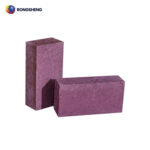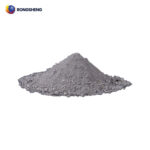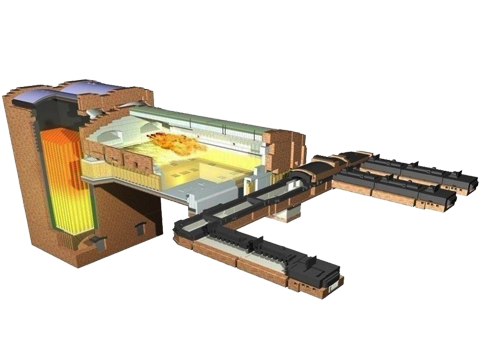Study on Erosion Process of Vanadium – Titanium Bearing Slag with High Alkali Content on Blast Furnace Lining
The problem of alkali corrosion in the blast furnace lining is caused by the damage of the blast furnace.
Due to the evaporation, infiltration and agglomeration of alkali metals, many alkali metals are enriched in the brick lining, especially in the gaps, causing corrosion, cracking and destruction of the brick lining. The blast furnace alkali load is up to 8~9 kg/t, and the alkali metal content in the furnace is up to 50.6 %; the cause of corrosion in the lower part of the furnace body is alkali corrosion and slag corrosion. The alkali is derived from the charge, the alkali metal is reduced, volatilized, and then oxidized and deposited to form a low-melt, suitable temperature is 900~1 100℃.
When analyzing the selection of refractory materials for blast furnaces, erosion analysis of different refractories was carried out using Panaxelta containing vanadium-titanium blast furnace slag and alkali.
To understand the alkali corrosion process of refractories under vanadium smelting conditions, it also proposes measures to improve the refractory materials needed to maintain the longevity of the blast furnace.
The variation of refractory materials’ structure and composition after eroded by vanadium – titanium bearing slag with high alkali content was analyzed on the basis of laboratory erosion experiments.
The results show that alumina – carbon brick is of outstanding alkaline attack resistance, the attacking rate of clay brick and alumina brick is increased when the vanadium – titanium bearing slag contain alkali, the alkaline attack resistance of corundum – mullitc brick is poor. Densifying the structure of refractory material which is attacked easily by alkali and is of high reactivity is a improvement goal for further research.





